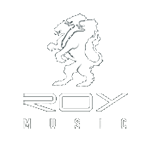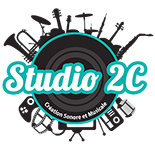Going for months to the other side of the planete needs preparation. We still have a lot of questions to answer about our equipment. From the backpack to the gears, it's in location that we do our ressearchs...
On our little map, lost off the African coast, the volcanic archipelago of the Canary Island seems cut off from the world. Within those islands our next destination is the west : La Palma. Recognized reserve of bioshere by the UNESCO, this piece of rock attracks our curiosity. We put on our shoes and board for Santa Cruz of La Palma. Let's go !
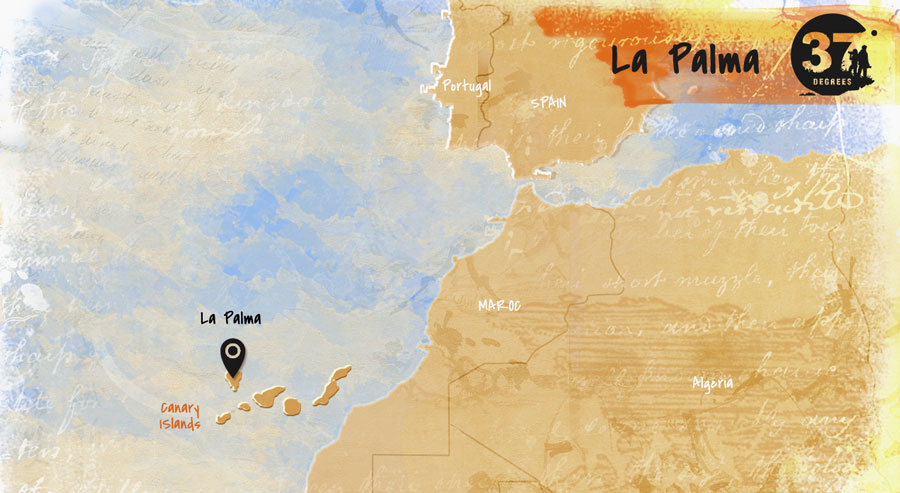
In its looks of lost paradise, the island possesses extremely varied envvironments : rain forest, forest of pines, black sand beach, steep cliff, plain of lava . Born from volcanos, its main crater is nowadays a deep cliff of 10 km of diameter. With only 706 km2 which makes it 12 times smaller than the Corse, this island shows an incredible diversity.
Our journey starts on th East coast then we cross the island through it highest pick to join Los Llanos facing the Atlantique ocean. Then, we carry on south through the volcanos trail ( on the crest of the center of the island ).
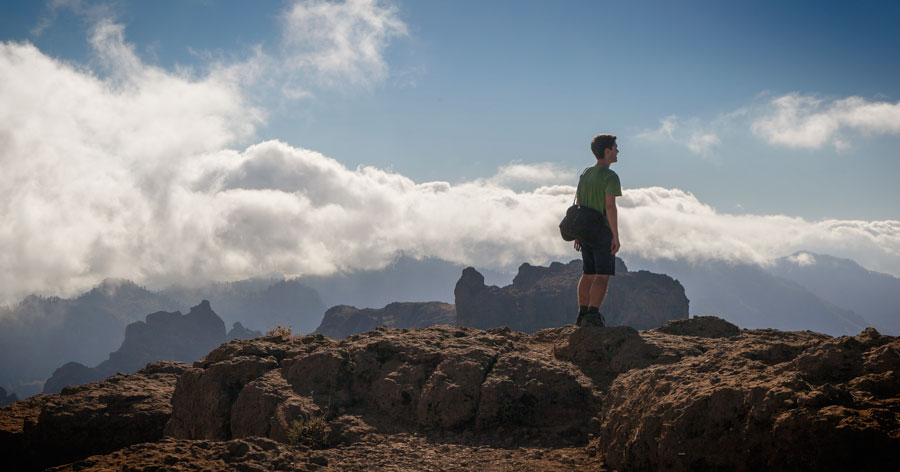
It's the perfect playground to try out our gears and backpacks !
We enjoy and use those inspiring landscapes to practice drawings, photography and filming. At the top around 2500m high the thermometer fluctuates very fast. And after our first day of trek, we notice that our bags are loaded far too much and especially not adapted to the material which they carry.
Each day we sleep at local people ( thanks AirBnb !) so this doesn't let us leave some of our stuff behind. This will be a really important point for our next journeys : optimisation of our backpacks ! Each object should have it's own space and be accessible easily.
We spend a lot of time taking notes, making images , infra-red photos, polaroids and drawings... All those " stops" extend strongly the duration of the routes, way too much actually. Indeed, we often end up walking by night and having not enough time to explore our lcoation and to do all we want. We do not look for the performance and the challenges interest us only if it is coupled with the idea of testing our gears and us.
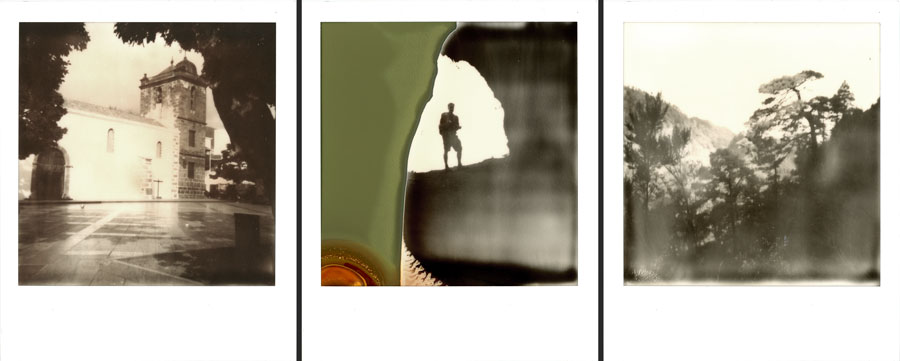
These are small mistakes but they cost us a lot of energy and double our timing during treks.
It's also the perfect occasion for us to practice filming.
Packing and unpacking our gears, settings optimisation ; testing... To learn how to be reactive, nothing better than practice! Mounted with our 5D MarkII from Canon, we picture those gigantic landscapes.
After the rain in the forest of Los Tilos North-East of La Palma, we step in a puddle of clouds. A dense mist surrounds us and we can't see above 10 m in front of us. The path itself is simple and after a few hours we finally get to see some blue sky through the clouds above our heads. Drafts become powerful and randomly let us discover the abyss which extends under our feet : we are at the top of a crater in the middle of a cloud sea.
We could stay for hours in this in-between two worlds. But the road is still long before getting to our next stop : Los Llanos .
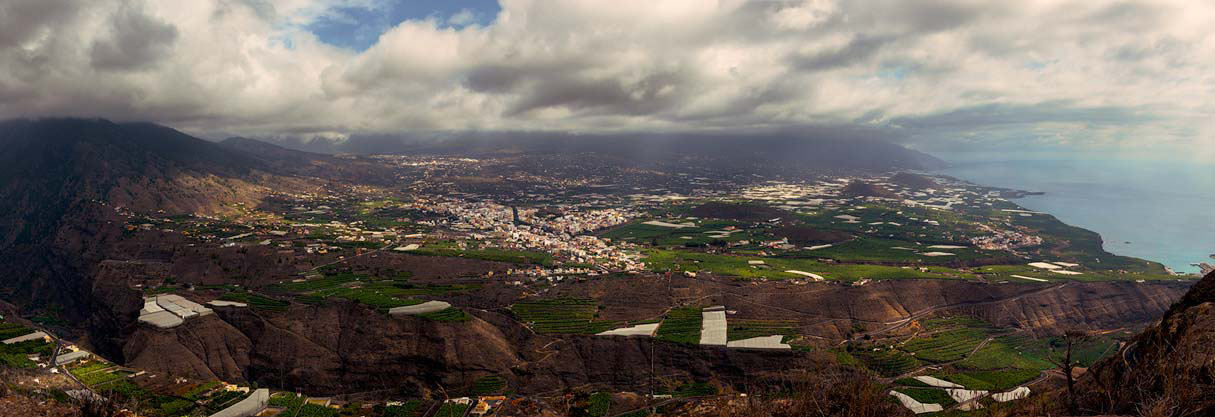
Technically, we film our adventure with the tool : Magic Lantern which hacks our camera adding multiple useful options like : focus peaking, zebra, histogram, timelapse, RAW video ... The resolution of the video stays low in RAW format (1856x844), but the dynamic range is simply amazing ( we can grade the videos like photos ). Which gives us a lot to play with after the journey.
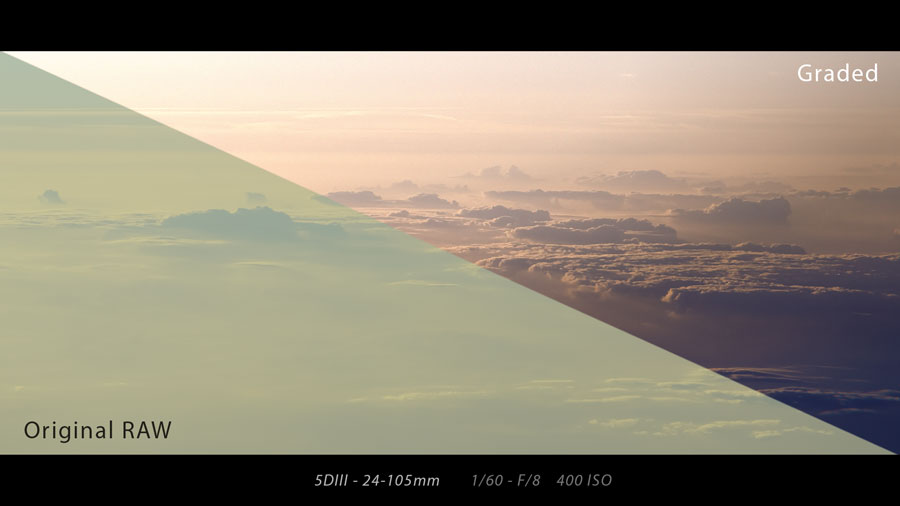
To discover more from our journey in La Palma, watch our highlight video « Buenos Dias Princesa ».
Here are some of our notes taken during our trip in La Palma :
THE BACKPACK : Way too heavy, the gears were not accessible in a simple way. We need better quality and adapted backback.
THE CAMERA BAG : The camera bag of our 5D MarkII is too bulky but too small to carry more lenses, we need to find something else. We'll need a smaller bag to carry also the polaroid and to protect the films while developing.
HEALTH : We need to take with us a kneepad and an ankle support. This will help during long and intense trek.
CLOTHES : We need pants that can be converted into shorts. It's simpler and usefull for altitude diferences and during early walks.
TOOLS : We need a case of mini tools !
5DII : The Canon strap is not convenient, it makes the camera bounce on the stomach ( awful during long walk ). Also 1 camera is an issue as we both like photography and filming, we'll need a second camera maybe a smaller one.
TRIPOD : It's not stable enough, it's too light. It moves during low speed images and with wind. We need to find a more stable type of tripod.
LIGHTING : The headlamps are not enough, we need an extra fill lamp ; like a small led panel.
PHOTO/VIDEO FILTERS : At high altitude, the luminosity is strong, we need to add a variable ND filter to film. As well as a polarizing filter to reduce the reflections in town or at sea border.
LENSES : We often missed a macro lense or a 50mm with a big aperture.
SOUND : On location, we need a voice recorder to take some notes quickly.
SKETCHBOOK : The 24x36 format of our sketchbooks let us draw big panoramas, but it's heavy and takes room. We shoudn't have it with us all the time, we need a smaller sketchbook for treks.
CAMERA : The 5 D MarkII is a really good DSLR wide frame, but it's big and heavy. A Gopro or a smaller camera would let us picture moments in action in a simpler way.
FILMING : While hiking, we really appreciated our srong equipment (5DII) the stabilised lenses for the video.
POST PRODUCTION : The resolution of our 5D MarkII is really low and we get a lot of aliasing. Other improtant point, Magic Lanterne is not stable and frequently had some « skip frame » (black images). Then we use MLRawViewer to convert and batch all our vidéos in ProRes 444 or DNG seuqneces. We need to mind storage for that!
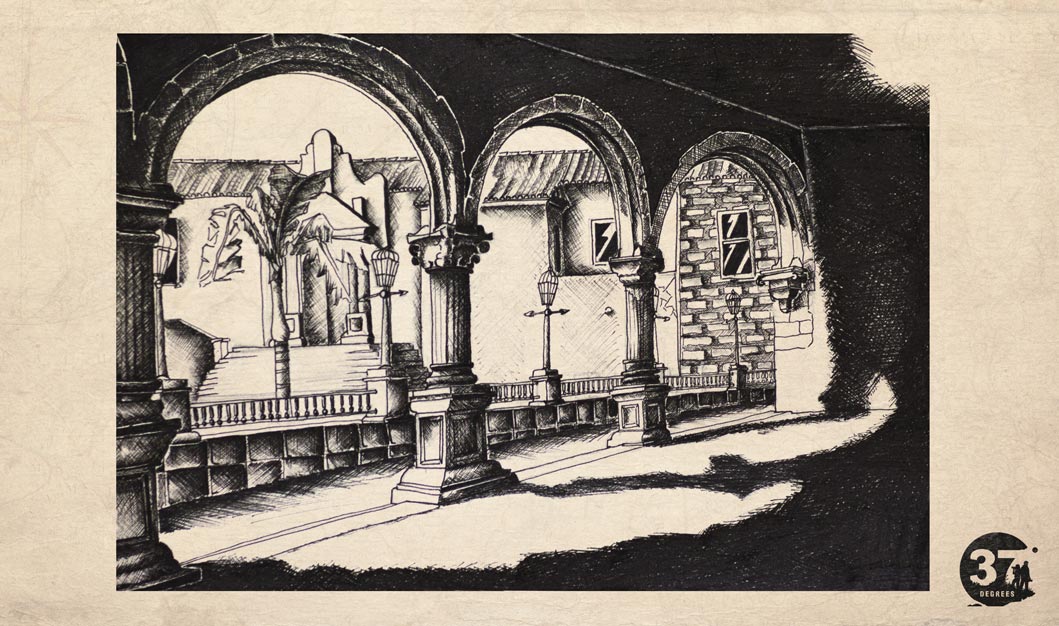
Conclusion, this journey was a really good first experience for us and we'll be back on this island one day. It is also an experience that helps us define more 37Degrees.
On location, as well as back to London, we think about our organisation with all our video and photo data. We now multiply ideas about severall months / years of travel... In the mean time we also find the limitation of our equipment.. It's really hard but we'll have to figure out a lot of things. We start to list the missing tools.
We also need to define the budget, we now have a monthly financial objectif to hit and do our planning according to it. Sometimes we do ask ourselves why is it already 3 am, why shouldn't the days be made of 72 hours instead of only 24.
However, one thing is for sure, it is along the roads that the history of our project 37Degrees spells.





